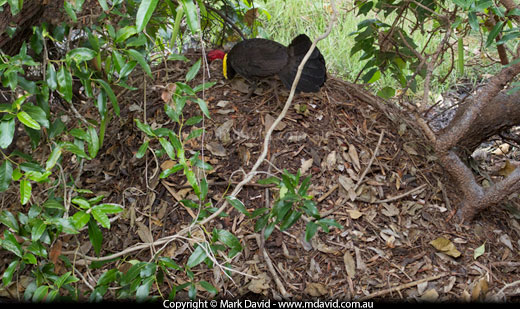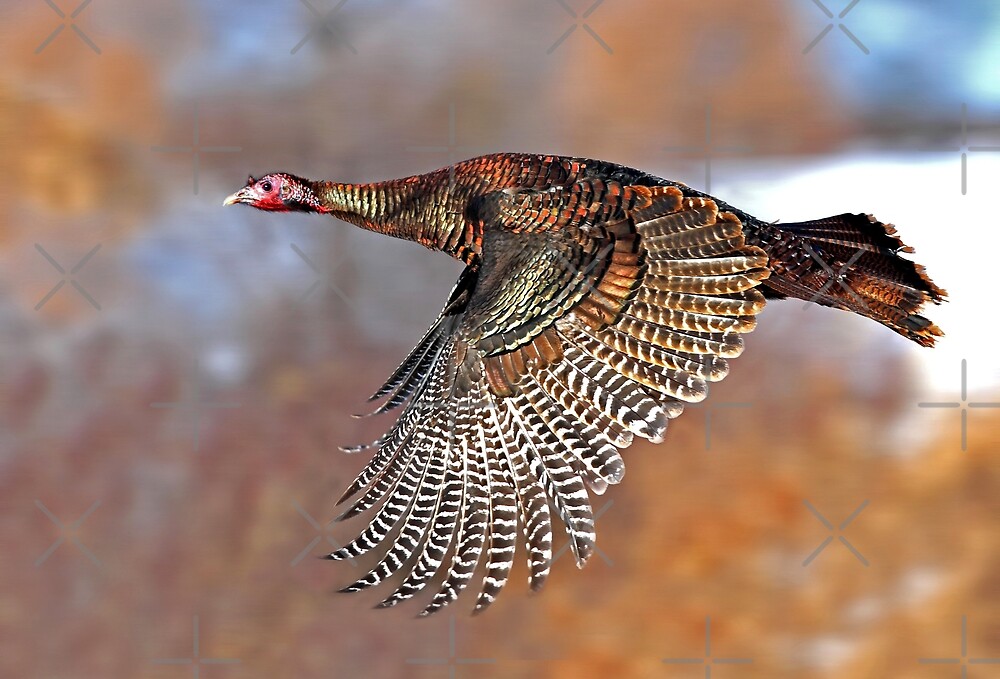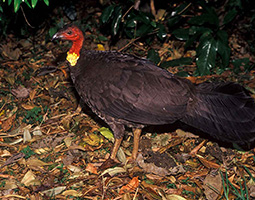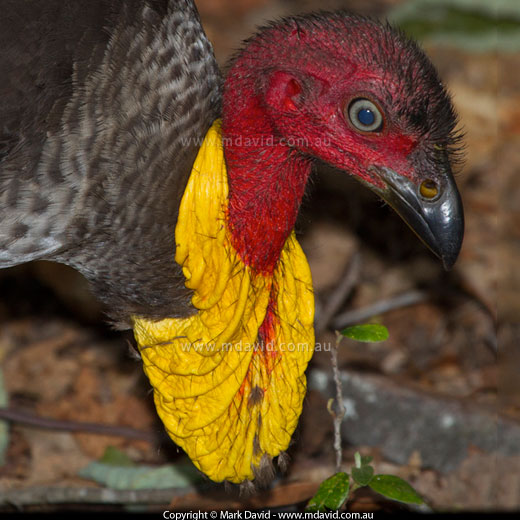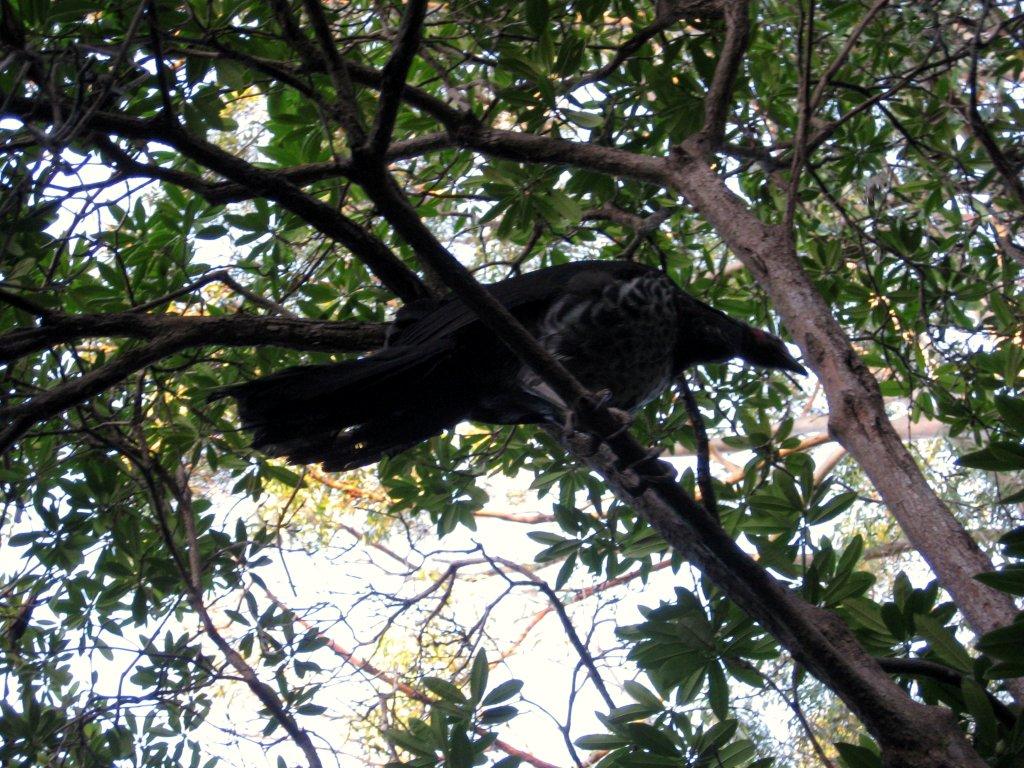do brush turkeys sleep in trees
They have poor night vision so they cant go above 16-meter height. The more females he attracts the more eggs will be produced.
In danger they hop from lower branches to upper to reach higher on trees.

. Instead they sleep in places called roosts which generally are trees. More turkeys than ever. During severe storms they will stay in the trees sheltering themselves from the weather as much as possible.
Roosting Habits of Wild Turkeys. However domestic turkeys sleep in brooders inside poultry. They prefer isolated trees near open spaces over dense forests.
At the base of the neck theres a frilly yellow bit bigger and more noticeable in the male. But that all changed last spring. A large male brush turkey started hanging around pursuing and doing his best to mount the chickens.
In many parts of the east coast including leafi er urban areas people are seeing an increase in brush-turkeys and many will be seeing them for the fi rst time in their area. The older turkeys also seemed to like hanging out with the flock but were easily spooked by them. Wild Turkeys nest on the ground in dead leaves at the bases of trees under brush piles or thick shrubbery or occasionally in open hayfields.
They will also be attracted to. Big and bright the Australian brush-turkey also known as the bush or scrub turkey is hard to miss. If the new improved carceral complex with its walk-in prisons doesnt protect my veggies from.
So the idea of generations of sparrowhawks breeding happily in the neighbours trees and keeping the local population to manageable levels is extremely appealing. When the birds fly into a tree and are ready to sleep they squat down a little bit which causes their toes to wrap around the branch. What do they look like.
Brush Turkeys are big black birds about 70 cm long with a red head and neck. The other 2 species are the malleefowl and the orange-footed scrubfowl. Baby turkeys poults roosting in the wild under mothers wings.
A large bird the brush turkey grows to 6075cm long and has a wingspan of 85cm. A clumsy flier the brush-turkey cannot be airborne long distances only taking flight when threatened by predators or to roost in trees. These birds will fly up to the spot they wish to roost in for the night and spend the night off the ground.
Create brush piles or plant clumps of trees in large pastures to provide more habitat diversity and extra escape cover for turkeys. Brush-turkeys prefer to live in rainforest or wet sclerophyll forests with plenty of shade and moisture. The Brush Turkey ends along the entirety of the coast of eastern Australia.
A colorful head tops a black body that is supported by strong legs and wide feet that are made for digging. It only took boss chook Treasure giving a funny look to have the brush turkeys scatter or even flap away. Wild turkeys sleep on trees at night.
Although turkeys are often thought of as being anchored to the ground wild turkeys actually spend their nights perched atop of tree branches. With the shrinking of their habitat they are forced to move into backyards to. Even the brush turkeys dont try to sleep there.
Turkey hunters who know the roosting habits of the bird can use. Turkeys will often nest at the base of a tree or large shrubbrush. Turkeys sleep in trees.
In the wild turkeys sleep 2030 feet up in trees to keep themselves safe from predators. The brush turkey is 1 of 3 Australian species of mound-building birds or megapodes. These massive mounds function as a nest to incubate the eggs attended by the ever-present male scrub turkey that constantly adds and adjusts the nest.
Of course most gardeners do not share a turkeys view of landscape heaven. They may have an ancient lineage but that didnt help brush. Males and females are a similar size.
With ample supplies of home-delivered mulch and an abundance of food and suitable trees and shrubs to roost in safe from predators brush turkeys moved right into the suburbs and made themselves at home. Only nesting mothers sitting on eggs or looking after poults sleep on the ground which usually lasts for 12 months before their poults learn to fly and can join their mothers in the trees. When we create lush gardens with lots of trees shrubs and mulch we create the ideal environment for brush-turkeys to move into.
This keeps them high above. The male plunges his head into the nest to determine the internal temperature 2. Turkeys sleep in trees primarily to avoid predators.
Now theres an idea. A male scrub turkey has taken up residence in your home. Many areas are increasingly providing suitable habitat for brush turkeys.
Coloured blue-black the brush turkey has an upright fanlike tail. Brush turkeys believe that bigger is better and. Brush Turkeys or Bush Turkeys have developed a reputation for creating a path of destruction through suburban gardens.
They will find a comfortable spot probably near the top of the tree and perch on there leaving their head to hang down as they sleep. In many places in Australia brush turkeys are totems for Aboriginal people. Unless the hens are sitting on eggs or they are domesticated turkeys sleep in trees every night to avoid predators because they cannot see well in the dark.
Turkeys will roost out of the snow whenever possible. The tail is black and flattened into a. Wild turkeys sleep in the branches of trees at night.
Turkeys sleep on branches up to 30 feet in the air that they fly to at night. The Brush Turkeys mound is usually built in a shady moist area. They do so because they have so many predators.
The birds fly to them around dusk and spend the evening in them before flying down to the ground in the morning to eat. The answer is yes. In captivity turkeys generally sleep in brooders because.
Brush turkeys helped people survive the Great Depression. Once the weather has calmed they will continue to forage and browse for whatever foods they can find. Where Do Wild Turkeys Sleep Turkeys Unique Sleeping Habits Explained.
Consider placing brush and trees along fence lines drainages or other places where turkeys regularly travel. Where Wild Turkeys Sleep. Unlike many animals wild turkeys do not feed at night.
Turkeys do sleep in trees. Male bush or scrub turkeys build large mounds up to 5 metres round to attract a mate. A young Brush Turkey.
The Australian brushturkey or Australian brush-turkey or gweela Alectura lathami also frequently called the scrub turkey or bush turkey is a common widespread species of mound-building bird from the family Megapodiidae found in eastern Australia from Far North Queensland to Eurobodalla on the South Coast of New South WalesThe Australian brushturkey has also. When we create lush gardens with lots of trees shrubs and mulch we create the ideal environment into which brush-turkeys can move.
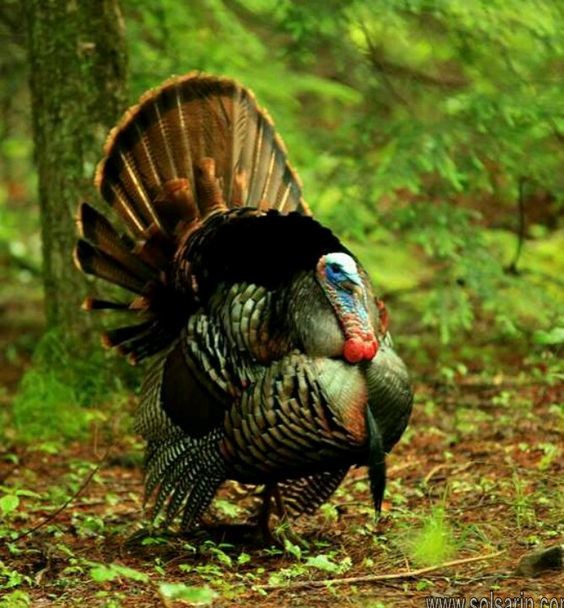
Where Do Turkeys Nest Perfect Description

Brush Turkeys In Strata July August Nest Building Season Strata Life

Australian Brush Turkey Alectura Lathami

Behavior Ecology Australian Brush Turkey Alectura Lathami Fact Sheet Libguides At International Environment Library Consortium
Were Chickens And Turkeys Ever Able To Fly Quora
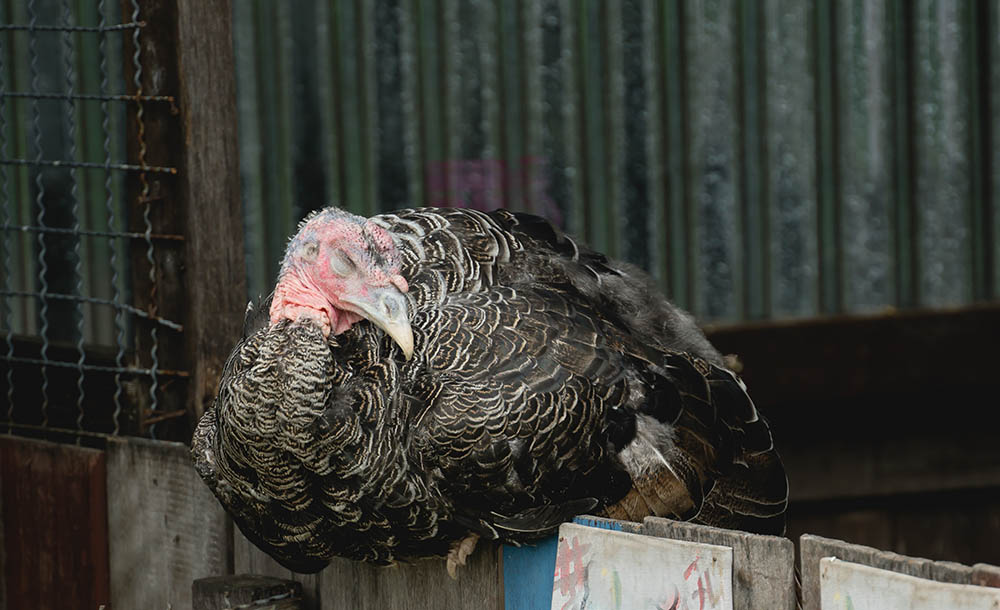
Where Do Turkeys Lay Their Eggs What You Need To Know Pet Keen
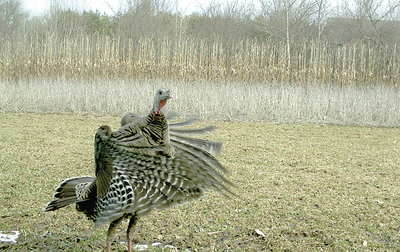
Understand Turkey Roost Habits For Early Success Don Mulligan Kpcnews Com
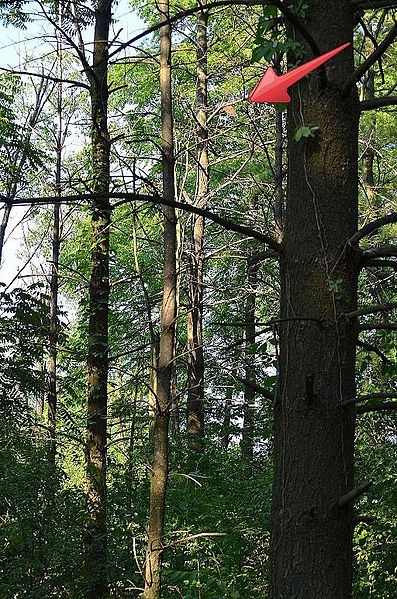
Where Do Wild Turkeys Sleep Turkeys Unique Sleeping Habits Explained
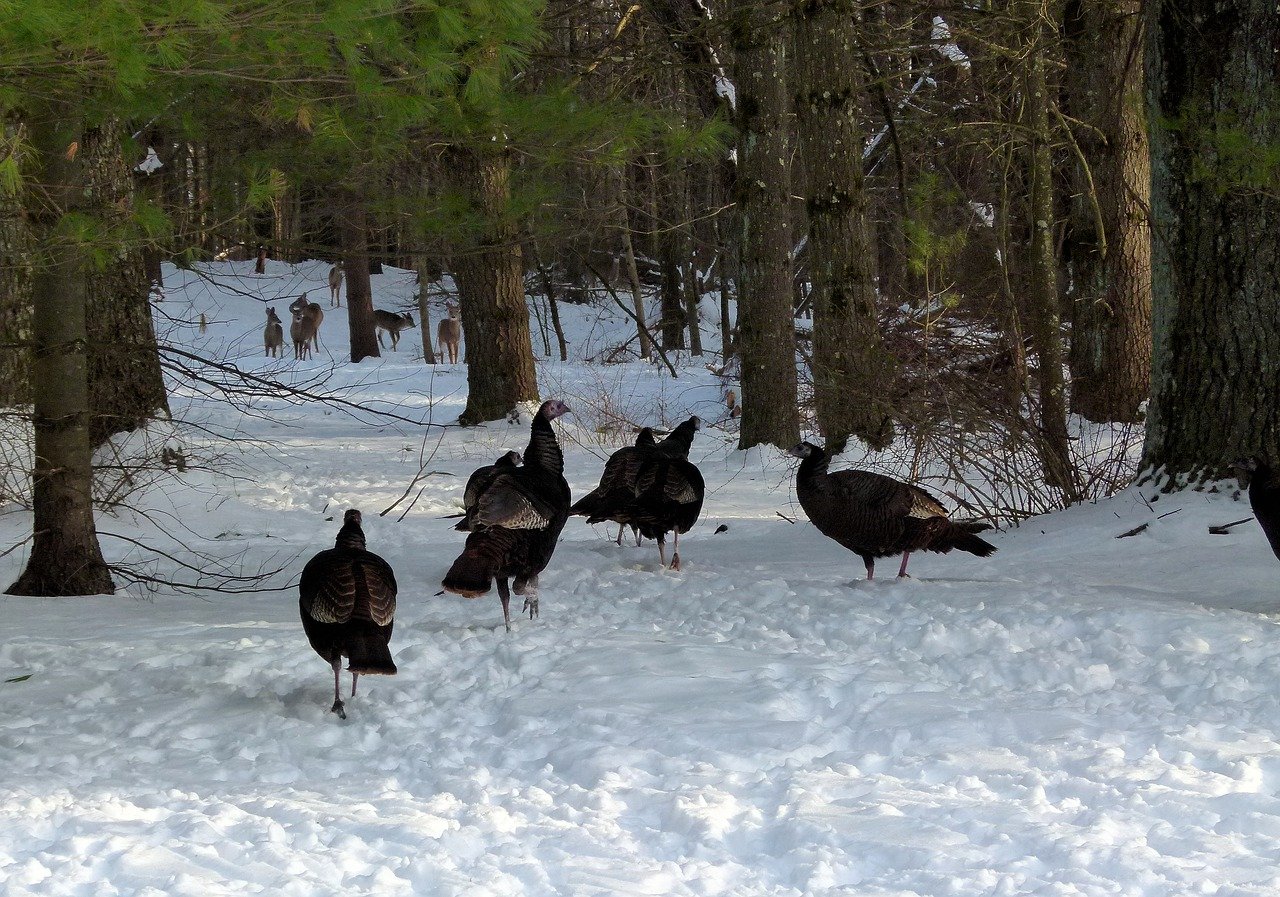
Where Do Wild Turkeys Sleep Turkeys Unique Sleeping Habits Explained
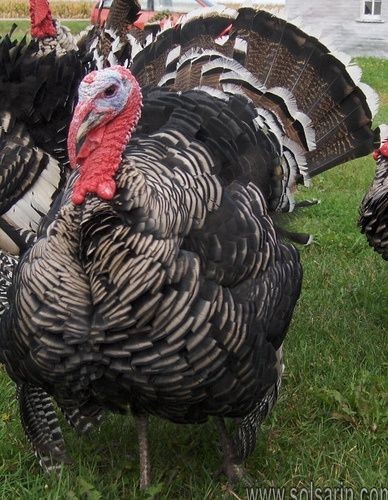
Where Do Turkeys Nest Perfect Description

Native Bush Turkeys And Domestic Chickens Our Experience
Australian Brush Turkey Australia Walkabout Park
